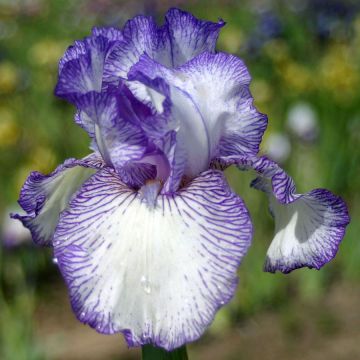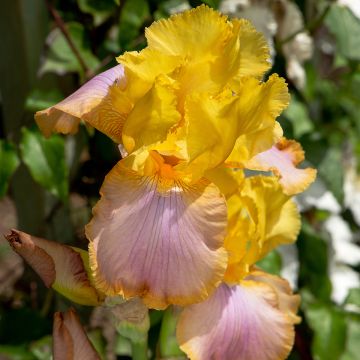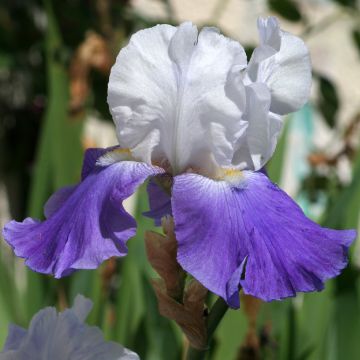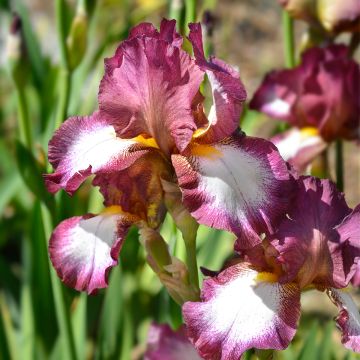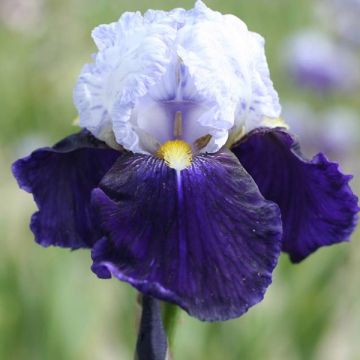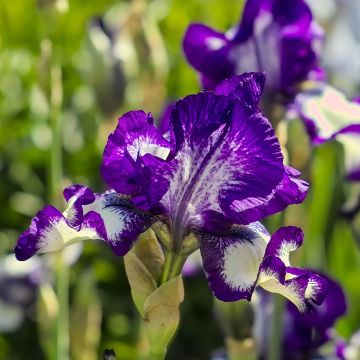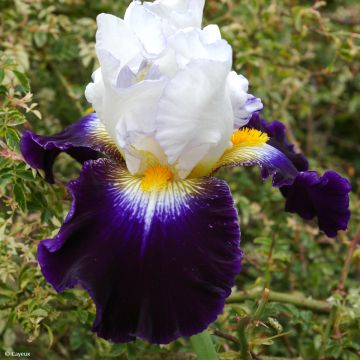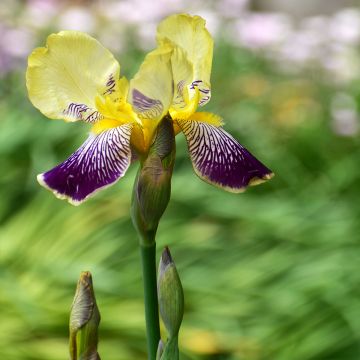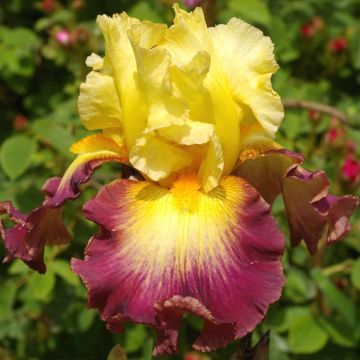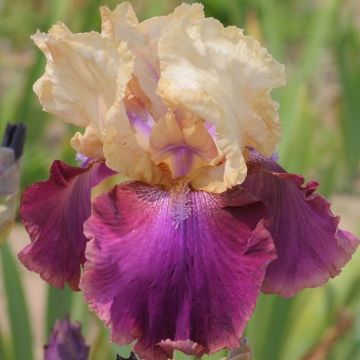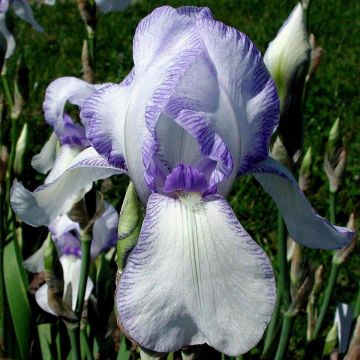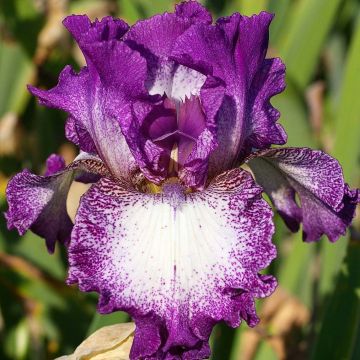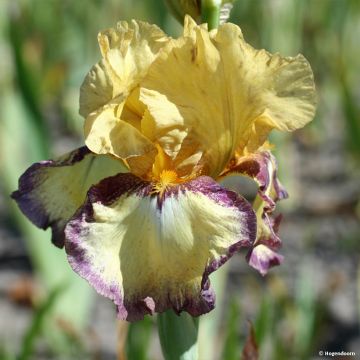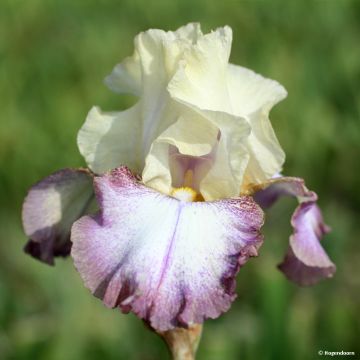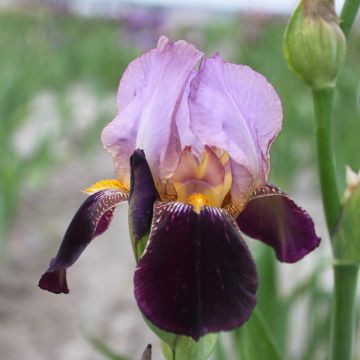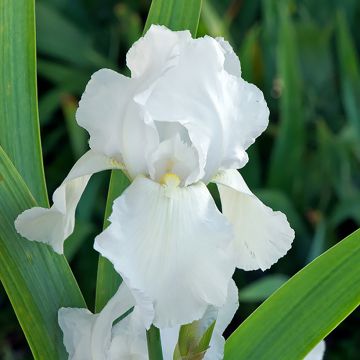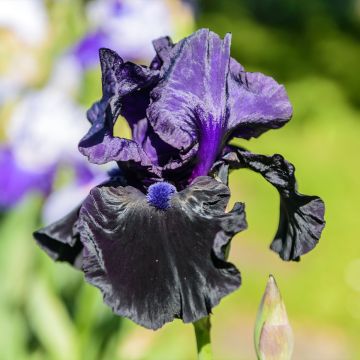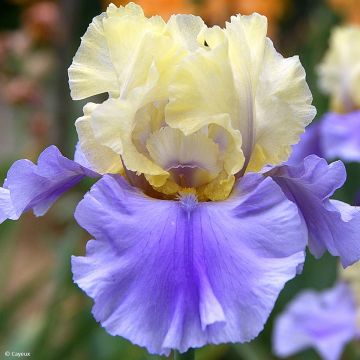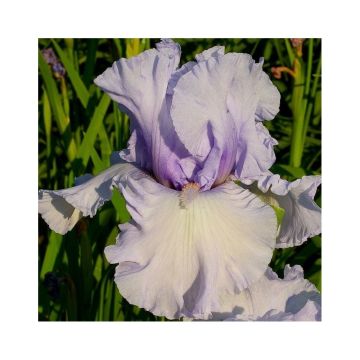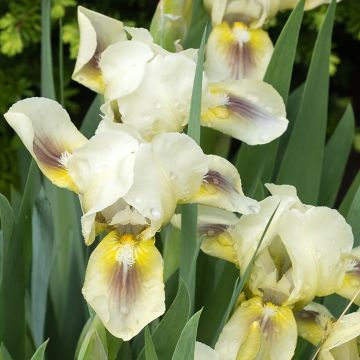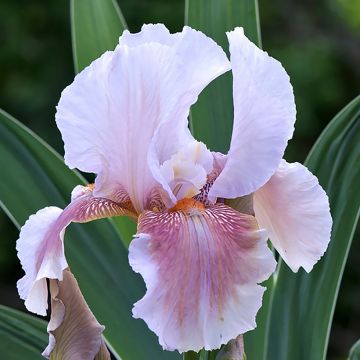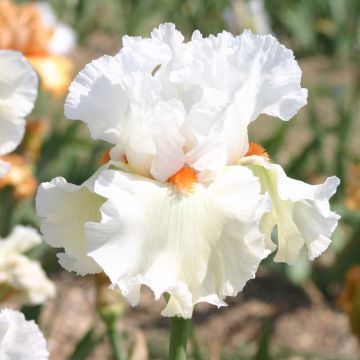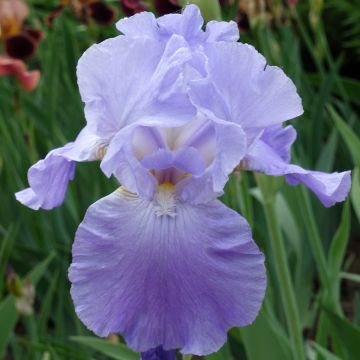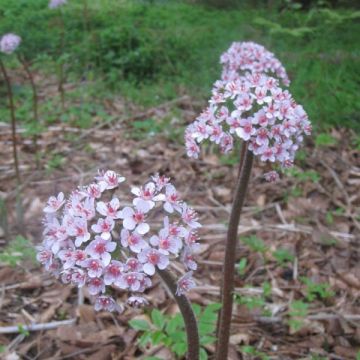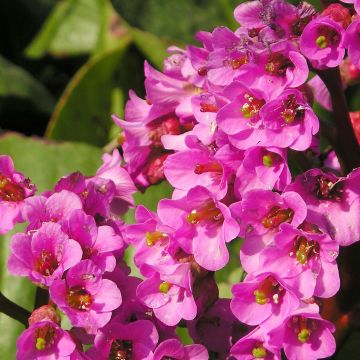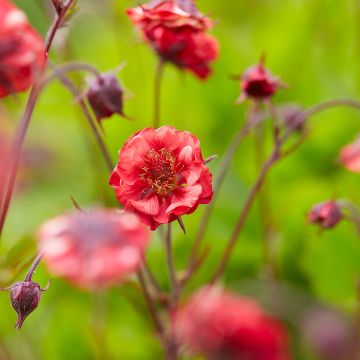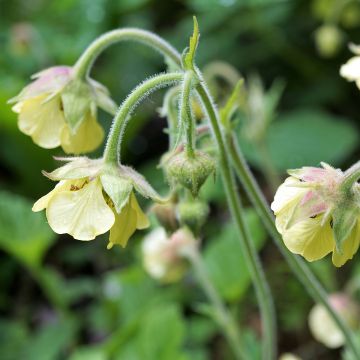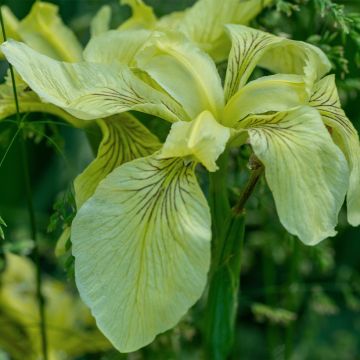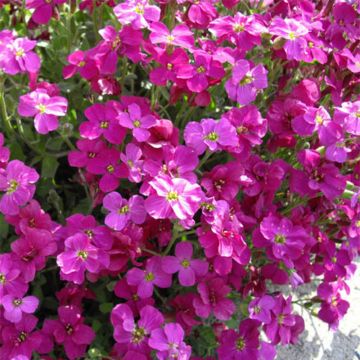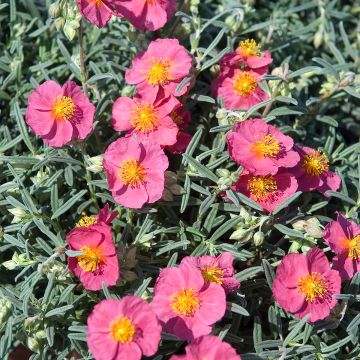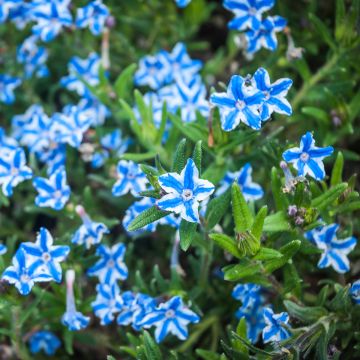Shipping country and language
Your country of residence may be:
Your country of residence is:
For a better user experience on our website, you can select:
Your shipping country:
Andorra
Austria
Belgium
Bulgaria
Canada
Chile
Croatia
Cyprus
Czechia
Denmark
Estonia
Finland
France
Germany
Greece
Hungary
Iceland
Ireland
Italy
Latvia
Lithuania
Luxembourg
Malta
Monaco
Netherlands
Poland
Portugal
Romania
Slovakia
Slovenia
Spain
Sweden
Switzerland
United Kingdom
We only deliver seed and bulb products to your country. If you add other products to your basket, they cannot be shipped.
Language:
French
German
Spanish
English
My Account
Hello
My wish lists
Plantfit
Log in / Register
Existing customer?
New customer?
Create an account to track your orders, access our customer service and, if you wish, make the most of our upcoming offers.
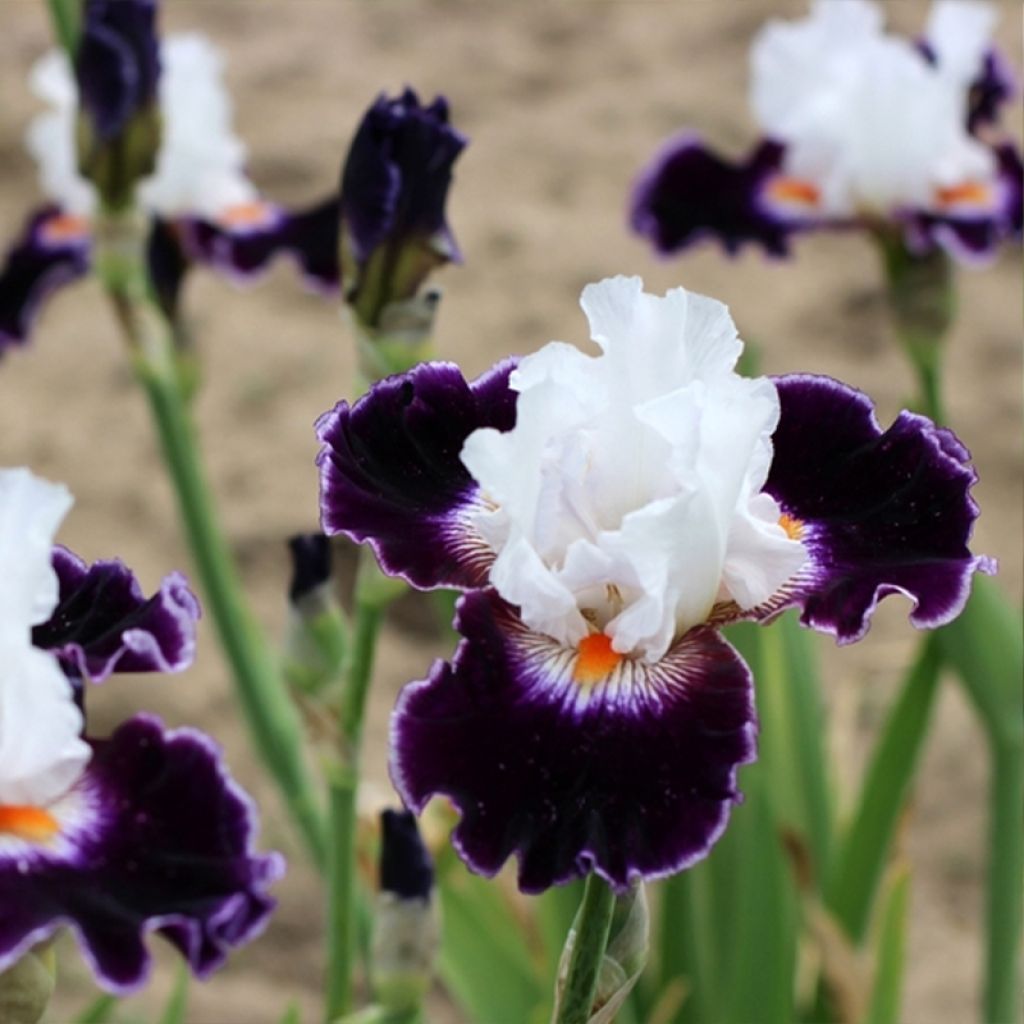

Iris germanica Le Bois Du Vent - Iris des Jardins
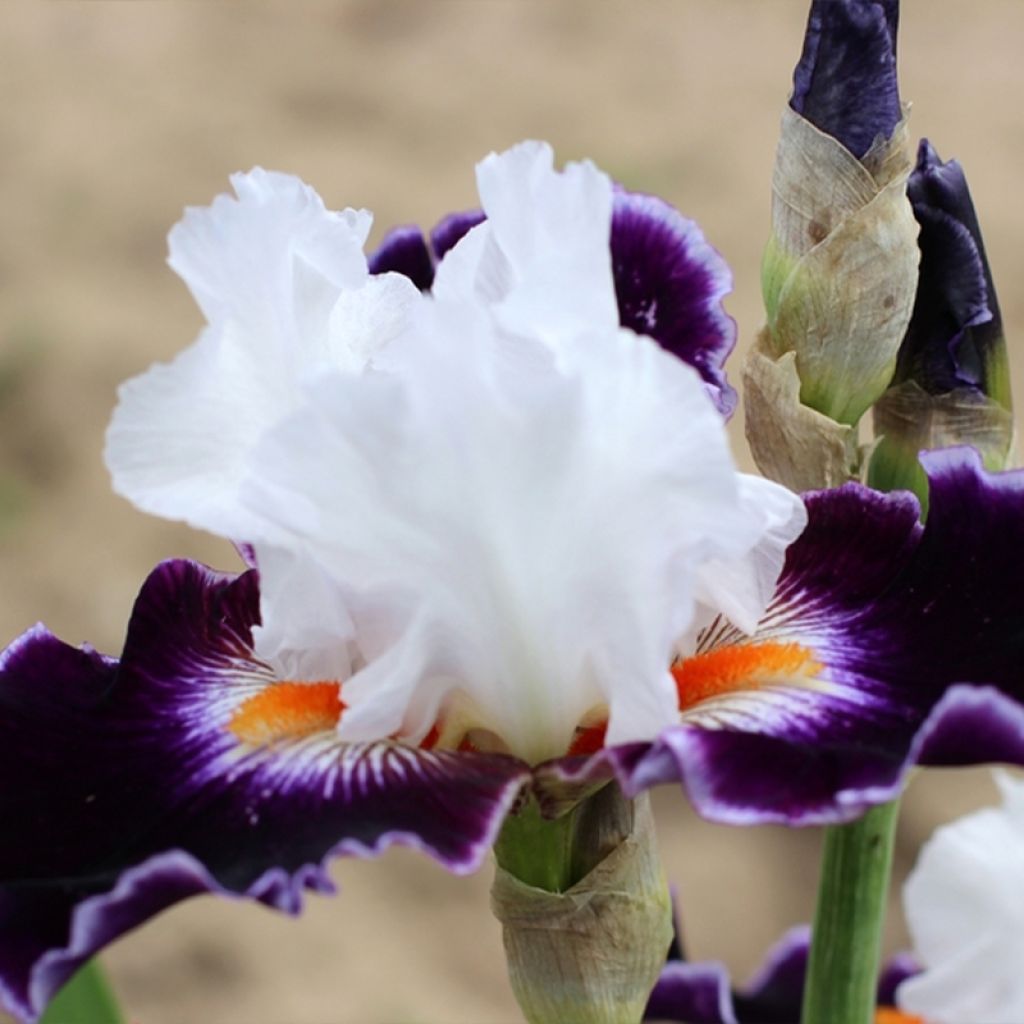

Iris germanica Le Bois Du Vent - Iris des Jardins
Iris germanica Le Bois Du Vent
Iris germanica Le Bois Du Vent
German Iris, Bearded Iris
Why not try an alternative variety in stock?
View all →Order in the next for dispatch today!
Dispatch by letter from €3.90.
Delivery charge from €5.90 Oversize package delivery charge from €6.90.
More information
This item is not available in your country.
Schedule delivery date,
and select date in basket
This plant carries a 12 months recovery warranty
More information
We guarantee the quality of our plants for a full growing cycle, and will replace at our expense any plant that fails to recover under normal climatic and planting conditions.
From €5.90 for pickup delivery and €6.90 for home delivery
Express home delivery from €8.90.
Does this plant fit my garden?
Set up your Plantfit profile →
Description
Iris germanica 'Le Bois Du Vent' is a very recent bearded iris variety that represents a beautiful advancement in the search for monochrome design, through the combination of white petals and almost black violet sepals. Its sturdy flowering stems, less sensitive to the wind, bear gorgeous flowers with a firm texture. This variety beautifully concludes the bearded iris season.
The 'Le Bois Du Vent' Iris is a rhizomatous perennial plant that develops in spring in elegantly upright clumps, with foliage disappearing in winter. It belongs to the Iridaceae family. It is one of many cultivars obtained over the centuries, with debate about their disputed origins revolving around the number of chromosomes of potential ancestors. It should be noted that Bearded Irises have European origins. They are plants that thrive in calcareous soils and require ample sunlight, with their rhizomes needing to 'bake' in summer to be able to bloom. A minimum of 6 hours of sunlight per day is generally required.
'Le Bois du Vent' will reach a height of 75 cm (30in) when in bloom, with several buds per stem. The clump will spread indefinitely over time, with the central rhizomes thinning out in favour of the outer ones. The foliage consists of long and wide sword-shaped leaves, slightly glaucous green, with parallel veins. In April-May floral stems appear, which will produce beautiful, frilly-bordered flowers between late May and June, blooming from the top down to the lower branches. They consist of 3 bright white upright petals, dominating 3 almost horizontal, very dark violet sepals, bordered with mauve, and featuring a beautiful white macule veined with violet around bright orange beards. The colouring of this plant, as always with Bearded Irises, is magnified by the thick and iridescent texture of the floral parts.
Bourdillon Breeding (France), 2021. ('Magnetisme' x 'Merry Amigo')
To accompany irises, choose plants based on their needs (sunlight, soil), their "respectful" growth habit vis-a-vis irises (low-growing plants or light foliage), and how they complement each other visually (appearance, flowering period). For example, Gauras will cast little shade and will keep the bed attractive throughout summer once the irises have flowered. California Poppies (Eschscholzia), like irises, will be satisfied with dry and poor soil. Perennial geraniums, salvias, and Libertia also complement irises very well. Slopes and terraced edges can be stabilised by dense planting of old diploid varieties that can remain in place and require little care. If the goal is more decorative and access for care is possible one can choose more modern varieties, such as intermediates that are less likely than tall varieties to be knocked over by wind and rain.
The vegetable garden can also be adorned with a few clumps or borders of irises, as the place dedicated to growing cut flowers.
Iris germanica Le Bois Du Vent in pictures
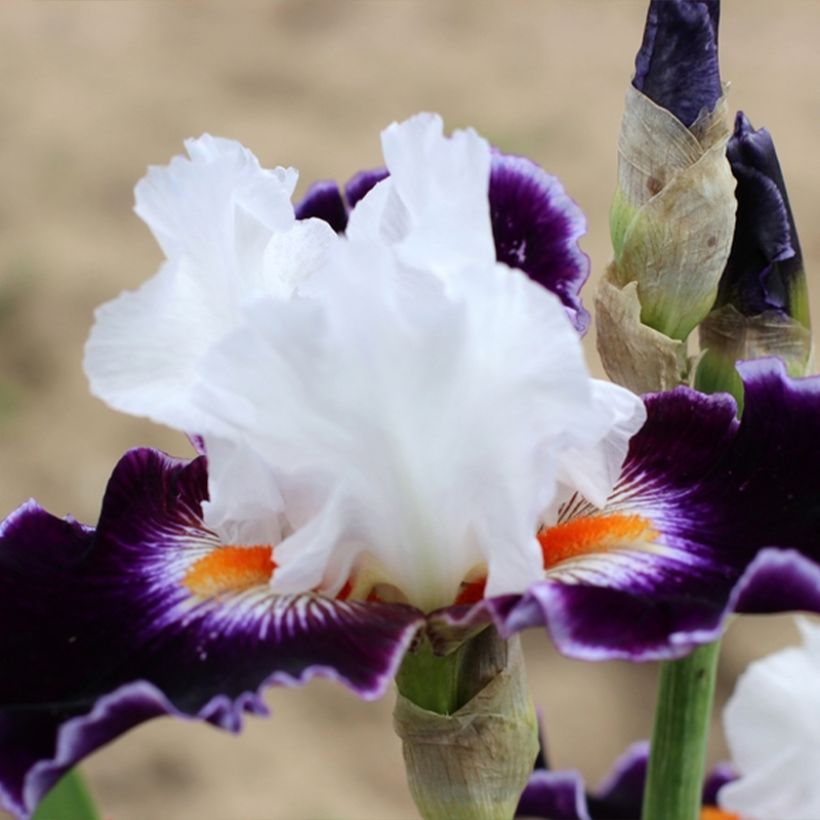

Flowering
Foliage
Plant habit
Botanical data
Iris
germanica
Le Bois Du Vent
Iridaceae
German Iris, Bearded Iris
Cultivar or hybrid
Other German Iris - Bearded Iris
Planting and care
Does your garden have a sunny area, sheltered from the wind, that is warm and rather dry in summer? This is the ideal location for planting irises! In the shade they will grow but do not flower. They are hardy and do not need winter protection. Well-drained soil is perfect, even if it is rather dry. Iris germanica require alkaline soil: amend yours with lime if it tends to be acidic. Excessively wet soil promotes rhizome rot. Plant from July to September: this allows the rhizomes to grow sufficiently before lifting, and to develop new roots before winter. For best results they should be planted as soon as they are purchased. Plan to divide the iris every 4 years or so to give them fresh soil. They have strong growth and need space to develop and flower well. They are planted with spacing appropriate to the size and vigour of the variety: about 34-50 cm (13-20in) for tall ones (5 to 10 plants per square metre). In a monochrome planting, the rhizomes are planted in a staggered pattern. When mixing colours, it is recommended for the overall aesthetics of the iris bed to plant them in groups of several plants of the same variety. Always consider the direction of rhizome growth by arranging them in a star shape, with buds and leaves facing outward, and spacing them well in relation to other varieties so they have room to develop.
Planting:
Dig a hole that is wide and deep enough for the roots. Make a large conical mound of soil in the hole, on which the rhizome and spread-out roots are placed. Cover the roots. It is important that the rhizome is left just above the surface of the soil. It should not be planted in a depression (risk of rot), so anticipate that the soil will settle and the iris will sink. In clayey or damp soil, the rhizome should even be left raised on a slight mound of a few centimeters. To make the soil adhere to the roots, lightly compact the soil and water it abundantly after planting. Water 2-3 times if necessary until the plant establishes.
Maintenance:
Keep the soil free of weeds by shallow hoeing, taking care not to damage the rhizomes or roots. Weeds create shade for the irises, retain moisture (causing rot), and attract slugs. Similarly, remove dry leaves. If they are diseased (reddish-brown bordered spots of heterosporiosis), burn them. Remove faded flowers to prevent the plant from wasting energy on fruit formation.
Planting period
Intended location
Care
This item has not been reviewed yet - be the first to leave a review about it.
Spring flowering perennials
Haven't found what you were looking for?
Hardiness is the lowest winter temperature a plant can endure without suffering serious damage or even dying. However, hardiness is affected by location (a sheltered area, such as a patio), protection (winter cover) and soil type (hardiness is improved by well-drained soil).

Photo Sharing Terms & Conditions
In order to encourage gardeners to interact and share their experiences, Promesse de fleurs offers various media enabling content to be uploaded onto its Site - in particular via the ‘Photo sharing’ module.
The User agrees to refrain from:
- Posting any content that is illegal, prejudicial, insulting, racist, inciteful to hatred, revisionist, contrary to public decency, that infringes on privacy or on the privacy rights of third parties, in particular the publicity rights of persons and goods, intellectual property rights, or the right to privacy.
- Submitting content on behalf of a third party;
- Impersonate the identity of a third party and/or publish any personal information about a third party;
In general, the User undertakes to refrain from any unethical behaviour.
All Content (in particular text, comments, files, images, photos, videos, creative works, etc.), which may be subject to property or intellectual property rights, image or other private rights, shall remain the property of the User, subject to the limited rights granted by the terms of the licence granted by Promesse de fleurs as stated below. Users are at liberty to publish or not to publish such Content on the Site, notably via the ‘Photo Sharing’ facility, and accept that this Content shall be made public and freely accessible, notably on the Internet.
Users further acknowledge, undertake to have ,and guarantee that they hold all necessary rights and permissions to publish such material on the Site, in particular with regard to the legislation in force pertaining to any privacy, property, intellectual property, image, or contractual rights, or rights of any other nature. By publishing such Content on the Site, Users acknowledge accepting full liability as publishers of the Content within the meaning of the law, and grant Promesse de fleurs, free of charge, an inclusive, worldwide licence for the said Content for the entire duration of its publication, including all reproduction, representation, up/downloading, displaying, performing, transmission, and storage rights.
Users also grant permission for their name to be linked to the Content and accept that this link may not always be made available.
By engaging in posting material, Users consent to their Content becoming automatically accessible on the Internet, in particular on other sites and/or blogs and/or web pages of the Promesse de fleurs site, including in particular social pages and the Promesse de fleurs catalogue.
Users may secure the removal of entrusted content free of charge by issuing a simple request via our contact form.
The flowering period indicated on our website applies to countries and regions located in USDA zone 8 (France, the United Kingdom, Ireland, the Netherlands, etc.)
It will vary according to where you live:
- In zones 9 to 10 (Italy, Spain, Greece, etc.), flowering will occur about 2 to 4 weeks earlier.
- In zones 6 to 7 (Germany, Poland, Slovenia, and lower mountainous regions), flowering will be delayed by 2 to 3 weeks.
- In zone 5 (Central Europe, Scandinavia), blooming will be delayed by 3 to 5 weeks.
In temperate climates, pruning of spring-flowering shrubs (forsythia, spireas, etc.) should be done just after flowering.
Pruning of summer-flowering shrubs (Indian Lilac, Perovskia, etc.) can be done in winter or spring.
In cold regions as well as with frost-sensitive plants, avoid pruning too early when severe frosts may still occur.
The planting period indicated on our website applies to countries and regions located in USDA zone 8 (France, United Kingdom, Ireland, Netherlands).
It will vary according to where you live:
- In Mediterranean zones (Marseille, Madrid, Milan, etc.), autumn and winter are the best planting periods.
- In continental zones (Strasbourg, Munich, Vienna, etc.), delay planting by 2 to 3 weeks in spring and bring it forward by 2 to 4 weeks in autumn.
- In mountainous regions (the Alps, Pyrenees, Carpathians, etc.), it is best to plant in late spring (May-June) or late summer (August-September).
The harvesting period indicated on our website applies to countries and regions in USDA zone 8 (France, England, Ireland, the Netherlands).
In colder areas (Scandinavia, Poland, Austria...) fruit and vegetable harvests are likely to be delayed by 3-4 weeks.
In warmer areas (Italy, Spain, Greece, etc.), harvesting will probably take place earlier, depending on weather conditions.
The sowing periods indicated on our website apply to countries and regions within USDA Zone 8 (France, UK, Ireland, Netherlands).
In colder areas (Scandinavia, Poland, Austria...), delay any outdoor sowing by 3-4 weeks, or sow under glass.
In warmer climes (Italy, Spain, Greece, etc.), bring outdoor sowing forward by a few weeks.
